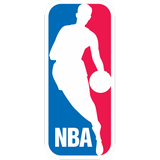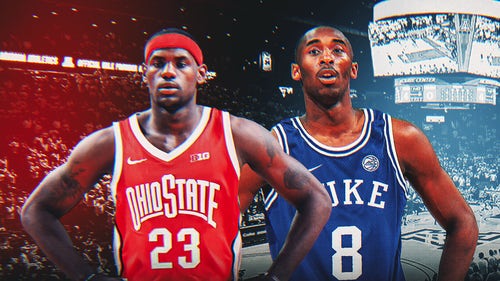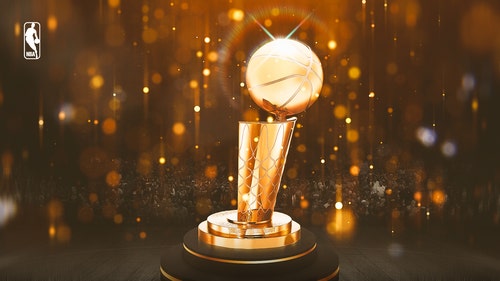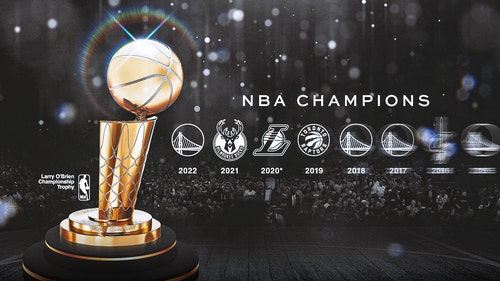
New Orleans Pelicans' offseason will make it difficult to compete on glass

In a continuation of our “Offseason Oversight” mini-series, today’s look will be at how an offseason spent preparing to play smaller ignored the New Orleans Pelicans weaknesses on the glass.
As I outlined here earlier in the offseason, the New Orleans Pelicans’ big free agent acquisition, Solomon Hill, is not a great rebounder. That’s not to say that every player on the court needs to be a plus rebounder for a team to be successful in that department overall, but considering that Hill’s best suited to play power forward in small lineups, he needs to improve in that department.
Nearly every other player the Pelicans signed this offseason was a guard; while Langston Galloway’s size and “nose” for the ball (five rebounds and 1.3 steals per 36 minutes over his two years in New York) may one day lend themselves to plus rebounding from the backcourt, he’s not there yet. E’Twaun Moore likely won’t be in a position close enough to the rim to nab the easy rebounds a smaller player like him would have a chance to grab.
Terrence Jones obviously fits the bill here, but is largely an unknown coming out of a tumultuous and inconsistent 2015-16 campaign in Houston. He posted a career-low 7.3 rebounds per 36 minutes last year, which he paired with the lowest rebounding percentage of his career at 11.1. He figures to replace the majority of Ryan Anderson and Dante Cunningham’s minutes from last season, and that can’t hurt. Per Basketball-Reference, Cunningham’s rebounding percentage has gone down every year of his career, bottoming out at a horrid 6.1% last season. Anderson has had a similar negative trend over the life of his career, and rebounding hasn’t been a strength of his game since he was in Orlando.
These are the players who saw the majority of power forward minutes while Anthony Davis was on the bench or sliding over to the center position. Now, that responsibility will slide to Hill and Jones, who simply aren’t enough of an upgrade.
Anthony Davis has never been a great technical rebounder, mostly relying on his size and length to outreach guys. With the plan next season clearly to move AD up a position more frequently, he’ll need that support on the glass to be effective. It seems the team had a vision in mind going into the offseason, but was handicapped in completely crafting a roster around this vision.
With almost $20 million each year being thrown out to Omer Asik and Alexis Ajinca, it’s difficult to justify investing much more money in the frontcourt. Perhaps the true oversight here is not doing more to move one of these two players, opting instead to give them yet another chance to prove themselves multiple years into their respective careers.
These two still represent the highest upside as rebounders, with Asik’s doggedness and Ajinca’s superhuman length both presenting matchup problems on the glass. There will be a lot to figure out in deciding whether going small is in the Pelicans’ best interest early in the season before adjustments are made and chemistry is developed. Don’t be surprised if, after a free agency class absent of rebounding help, the team is hesitant to undergo such a significant downward shift in size early in the season.
More from Pelican Debrief
This article originally appeared on











